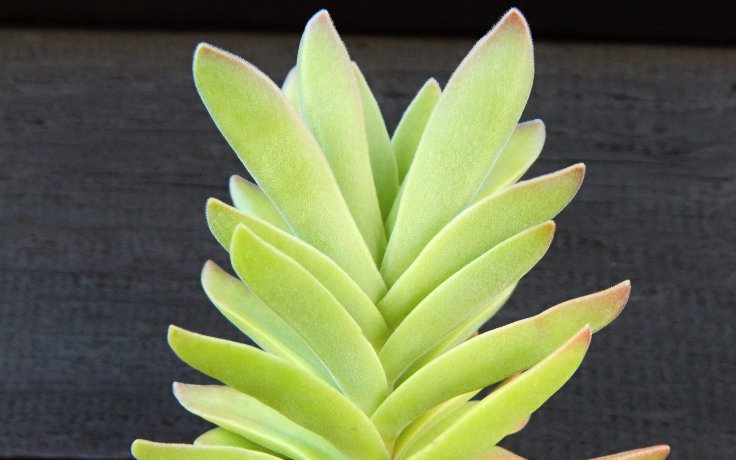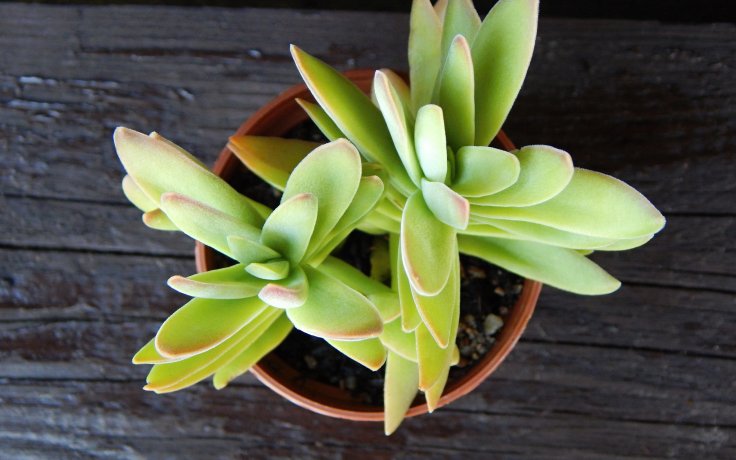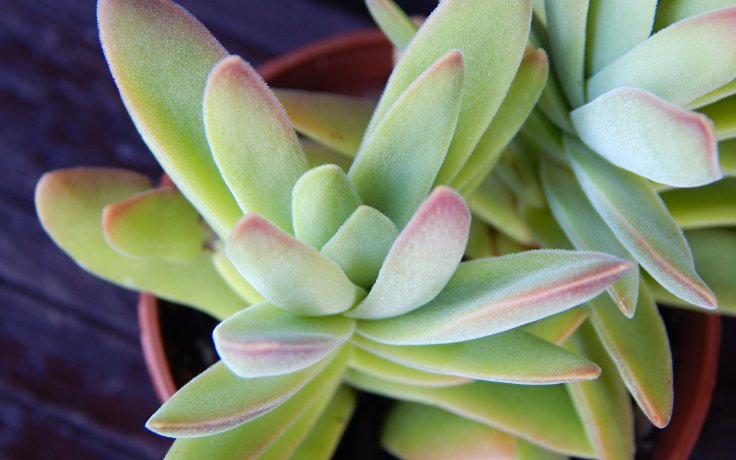- Home
- Succulents
- Crassula
- Crassula rattrayi





Crassula rattrayi
Place ideally in a sunny location.
Always water a few days after the substrate has dried out. In winter, limit watering.
It can tolerate temperatures down to -3.9 °C in the short term. However, the plant is not hardy.
In sunlight, its leaves turn from green to an eye-catching red. This colouring makes it a popular succulent plant. Its hardiness also adds to its popularity.
Crassula rattrayi, full name Crassula pubescens subsp. rattrayi, is a subspecies of Crassula pubescens, named after George Rattray, a South African teacher and naturalist who focused on the species in 1931. It is also sometimes referred to as Globulea pubescens var. rattrayi. This succulent is found in the Eastern Cape province of South Africa, where it grows on cliffs and under rock faces.
The leaves are light green but turn red in intense sunlight. They undergo colour changes virtually all year round. The surface of the leaves is densely covered with fine short hairs, which give them a velvety appearance and feel pleasant to the touch. The plant grows up to 30 cm tall and forms a compact shrub. As it grows older, the stem of the plant becomes thicker and woody.
During spring and summer, small, white flowers in dense, rounded racemes sprout on Crassula rattrayi. They appear on slender stems and give the plant an interesting appearance.
Crassula rattrayi is a really hardy succulent. It only needs to be kept out of the first strong sun in spring to avoid burning the leaves. The plant can be shaped by cutting to achieve an interesting compact shape. This succulent is popular because of its low maintenance, hardiness and the beautiful red colouring of the leaves when exposed to the sun.